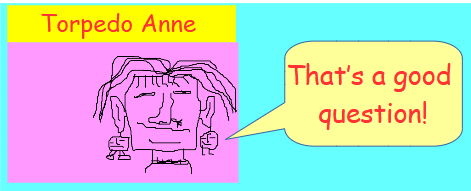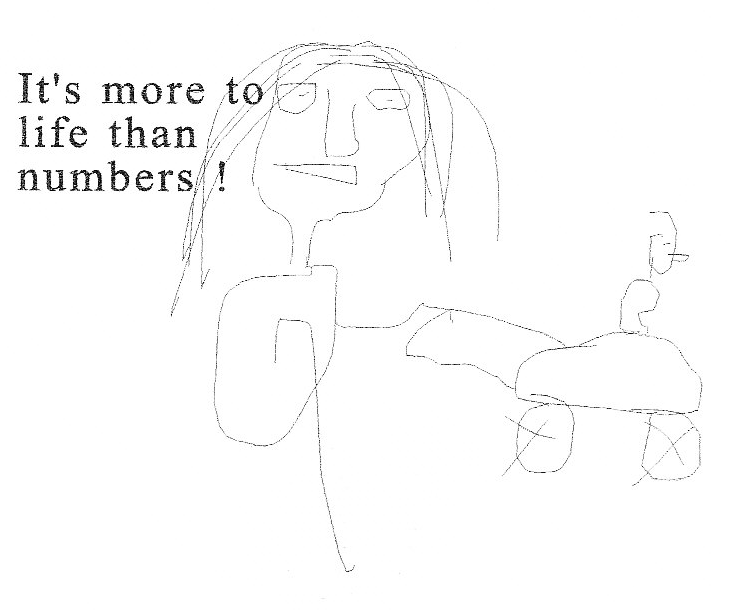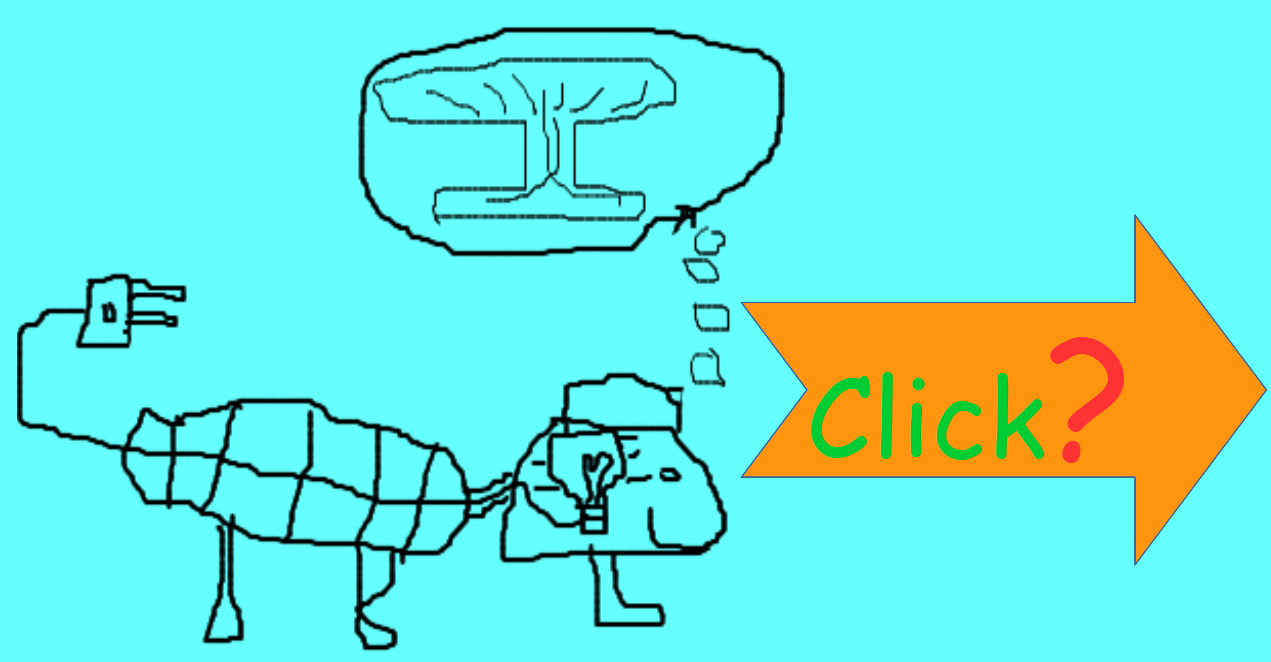page2014 Rings Matthias Lorentzen...mattegrisenforlag.com
Look at the picture beneath, then
scroll down to the question and click the correct Answer button.


Exercises: Ideals , Extensions & Vector Spaces
Exercise
Let us start with an exercise that bridges the concepts of ideals , simple extension fields,
and introduces vector spaces.
Exercise:Exploring a field E as a Vector Space.
Let F = `QQ` be the field of rational numbers. Consider the polynomial
`p(x) = x^2 - 2` `in QQ[x]`.
1. Show that the ideal `I = langle p(x) rangle` generated by p(x) in `QQ[x]` is a maximal ideal.
2. Deduce that the quotient ring `K = QQ[x]"/" I` is a field. This is a simple extension field of `QQ`.
3. Demonstrate that K is a vector space over `QQ`.
4. Find a basis for K as a vector space over `QQ` and determine its dimension.
Detailed Solution (including explanation of Vector Space theory used):
Before we dive into the solution , let us briefly revisit the definition of a Vector Space.
Introduction to Vector Spaces:
A vector space (or linear space) V over a field F is a set V equipped with
two operations:
1. Vector Addition: For any u , v `bb in V` , there is a unique element `bb {u + v in V}`.
2. Scalar Multiplication: For any c `in F` and u `bb {in V}` , there is a unique element
`c bb {u in V}`.
Continuing:
Solution:
Let us adress each part of the exercise:
1. Show that the ideal `I = langle p(x) rangle` generated by p(x) in `QQ[x]` is a maximal ideal.QED
2. Deduce that the quotient ring `bb {K = QQ[x]"/"I}` is a field. This is a simple extension field of `QQ`.
By a fundamental theorem of ring theory , if R is a commutative ring with unity
and M is a maximal ideal of R , then the quotient ring R/M is a field.
In our case , `R = QQ[x]` is a commutative ring with unity (the polynomial 1) , and we have shown
that `bb {I = langle x^2 - 2 rangle}` is a maximal ideal of `QQ[x]`. Therefore , the quotient
ring `bb {K = QQ[x]"/"I}` is field. QED
Note: This field K contains a subfield isomorphic to `QQ`. Specifically , the set of cosets
{ q + I : q `in QQ`}. It is also generated by the element x + I , often denoted as
`alpha` or `sqrt 2` over `QQ` , since every element can be expressed in terms of x + I. An element of K is of the form: `a(x+I)^1 + b(x+I)^0` , where `( x + I)^0 = ( 1 + I)` which illustrates x + I being a generator. All this is derived from (ax + b)+ I = a(x + I)+ b(1 + I).
Thus , K is a simple extension field of `QQ`.
Understanding the ideal `I = langle x^2 - 2 rangle`:
The ideal `I = langle x^2 -2 rangle` consists of all polynomials in `QQ[x]` that are multiples
of `x^2 - 2`. So , an element `f(x) in I` if and only if `f(x) = g(x) * (x^2 - 2)` for some
polynomial `g(x) in QQ[x]`.
Examples of elements in I:
If `g(x) = 1 rArr 1 * ( x^2 - 2) = x^2 - 2`.
If `g(x) = x rArr x * ( x^2 - 2) = x^3 + 2x`.
If `g(x) = x + 1 rArr (x + 1) * ( x^2 - 2 ) = x^3 + x^2 -2x - 2`.
If `g(x) = -1/2 rArr (-1/2) * (x^2 - 2) = -1/2 x^2 + 1`.
If `g(x) = (x^2 - 2) rArr (x^2 - 2)(x^2 - 2) = (x^2 - 2)^2 = x^4 -4x^2 + 4`.
The zero polynomial: 0 (when g(x)= 0).
Essentially , any polynomial that has `sqrt 2` and `-sqrt 2` as roots , because `x^2 - 2 = 0 rArr x = +- sqrt 2` , will be in this ideal.
Question
When considering the polynomial `p(x) = x^2 - 2` over the field of rational numbers `QQ`
, which of the following statements is a direct result of p(x) being irreducible over `QQ`:
A) The quotient ring `QQ[x]"/" langle x^2 - 2 rangle` is a field , where every non-zero element
has a multiplicative inverse.
B) The quotient ring `QQ[x]"/" langle x^2 - 2 rangle` is a vector space over `QQ` with a dimension of 2
?
